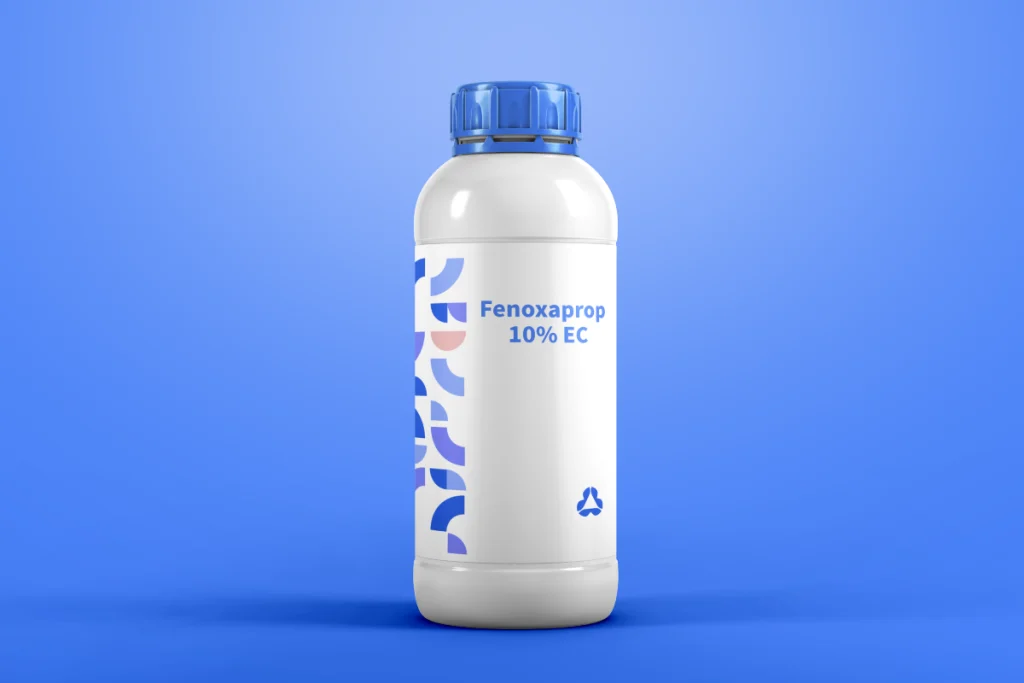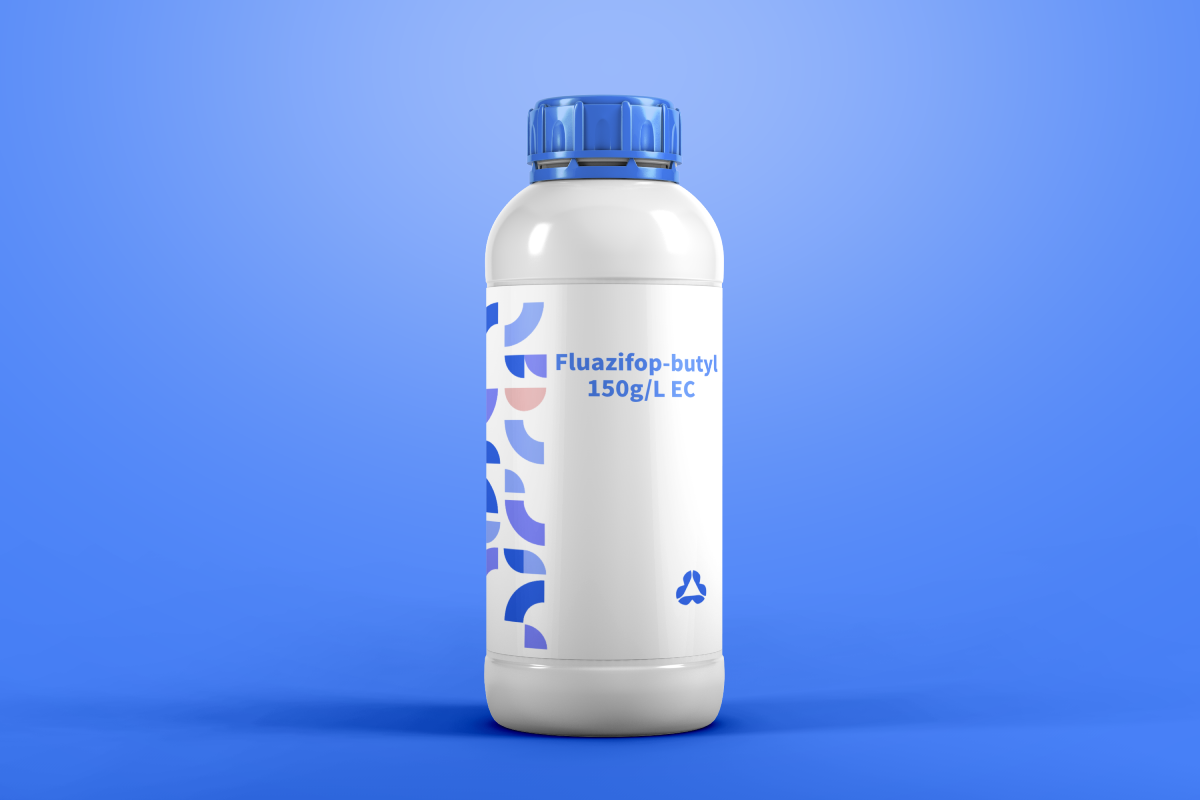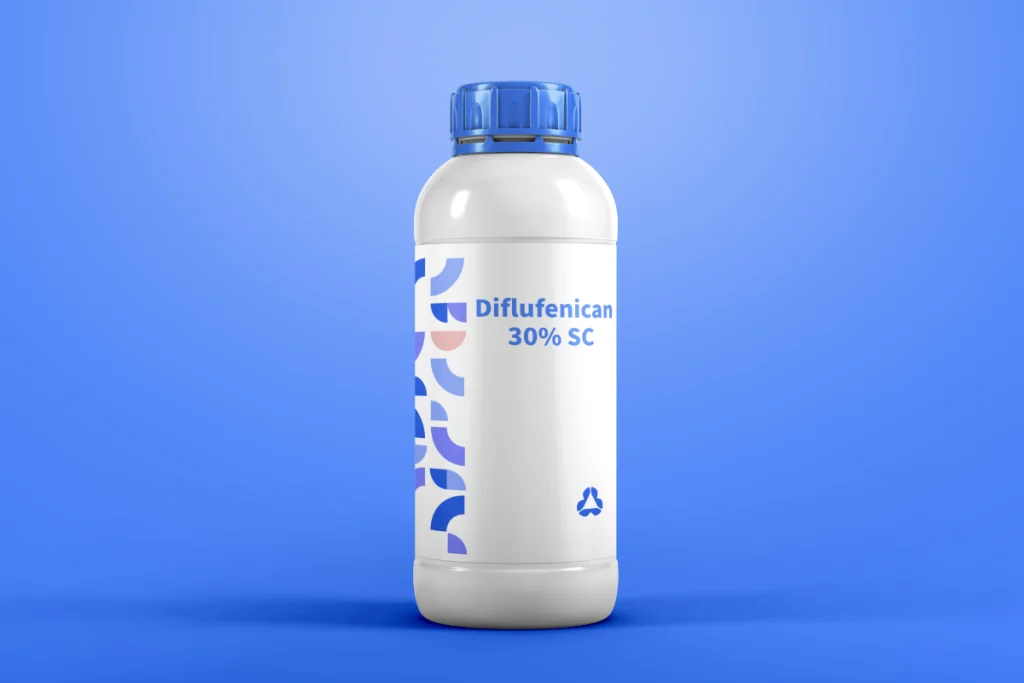Fluazifop-butyl 150g/L EC: A hochselektives ACCase-hemmendes Herbizid ist ein emulgierbares Konzentrat (EC), das speziell für die Bekämpfung von ein- und mehrjährigen Gräsern in breitblättrigen Kulturen nach Pflanzenaufgang entwickelt wurde. Durch die schnelle Absorption über die Blätter und die Regenfestigkeit innerhalb von 1 bis 2 Stunden unterdrückt es wirksam resistente Gräser und gewährleistet gleichzeitig die Sicherheit der Kulturen in Sojabohnen, Baumwolle, Gemüse und Raps.

Fenoxaprop 10% EC: Selektives Gräserherbizid für Getreidekulturen
Fenoxaprop 10% EC (Emulsifizierbares Konzentrat) ist ein selektives Nachauflaufherbizid zur Bekämpfung einjähriger und mehrjähriger grasartiger Unkräuter in Weizen, Gerste, Reis und anderen Getreidearten.



